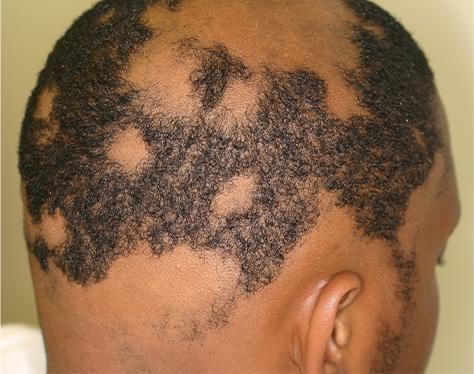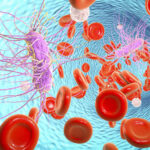Alopecia areata is an autoimmune disease that causes patchy hair loss anywhere on your body, but it most commonly affects the hair on the skin that covers your head (scalp). There are many different classifications of alopecia areata. The classifications depend on the amount of hair you’ve lost and where you’ve lost it on your body.
Alopecia areata totalis: You’ve lost all your hair on your scalp.
Alopecia areata universalis: You’ve lost all your hair on your scalp and all your body hair.
Diffuse alopecia areata: Your hair is thinning rather than falling out in patches.
Ophiasis alopecia areata: You’ve lost a band of hair on the bottom back sides of your scalp (occipitotemporal scalp).
Causes
Family history (heredity). The most common cause of hair loss is a hereditary condition that happens with aging. This condition is called androgenic alopecia, male-pattern baldness and female-pattern baldness.
Hormonal changes and medical conditions. A variety of conditions can cause permanent or temporary hair loss, including hormonal changes due to pregnancy, childbirth, menopause and thyroid problems.
Medications and supplements. Hair loss can be a side effect of certain drugs, such as those used for cancer, arthritis, depression, heart problems, gout and high blood pressure.
A very stressful event. Many people experience a general thinning of hair several months after a physical or emotional shock. This type of hair loss is temporary. These information are gotten from Mayoclinics.
And finally, It can be alarming to notice hair loss. Alopecia areata is a common condition that causes hair loss anywhere on your body, but it usually affects your scalp. Everyone loses hair when they shampoo or brush, it’s part of the hair growth process. But if you have alopecia areata, you might notice more hair loss than usual. Or you might not notice until you see patchy baldness. Reach out to your healthcare provider as soon as you notice hair loss, especially if it causes stress, anxiety or depression.



